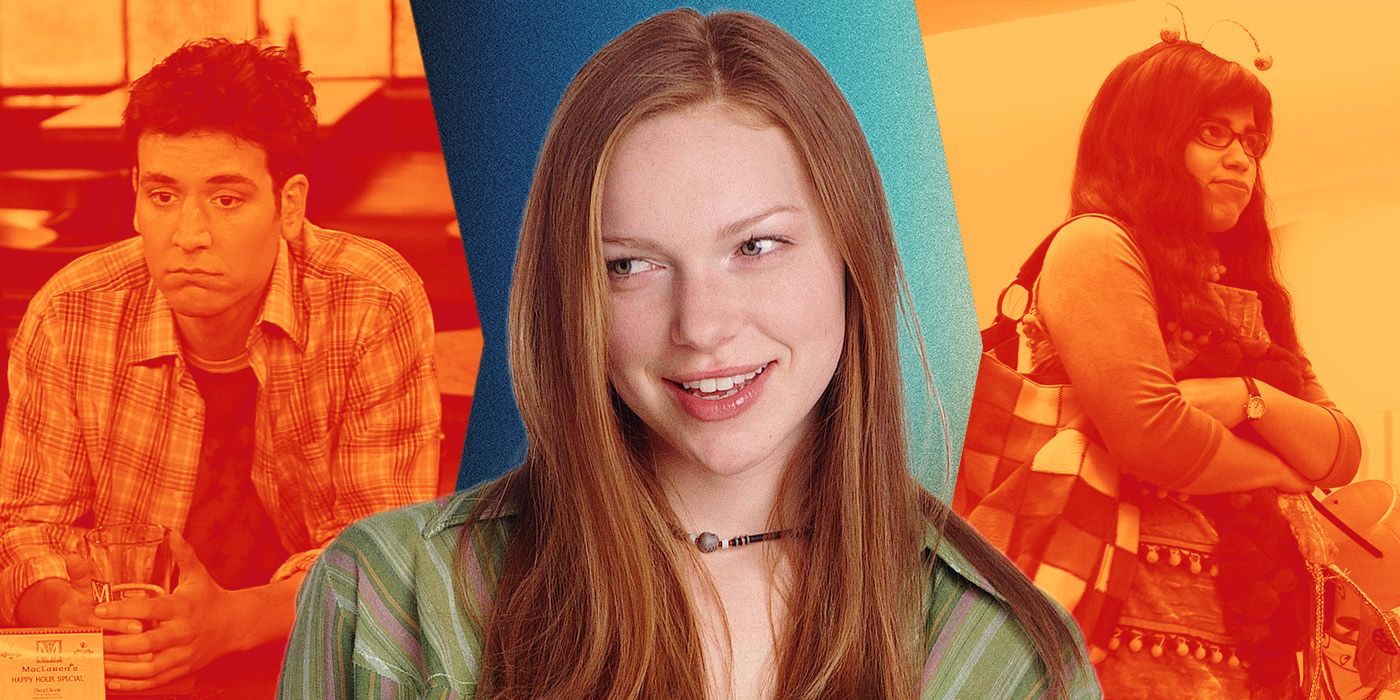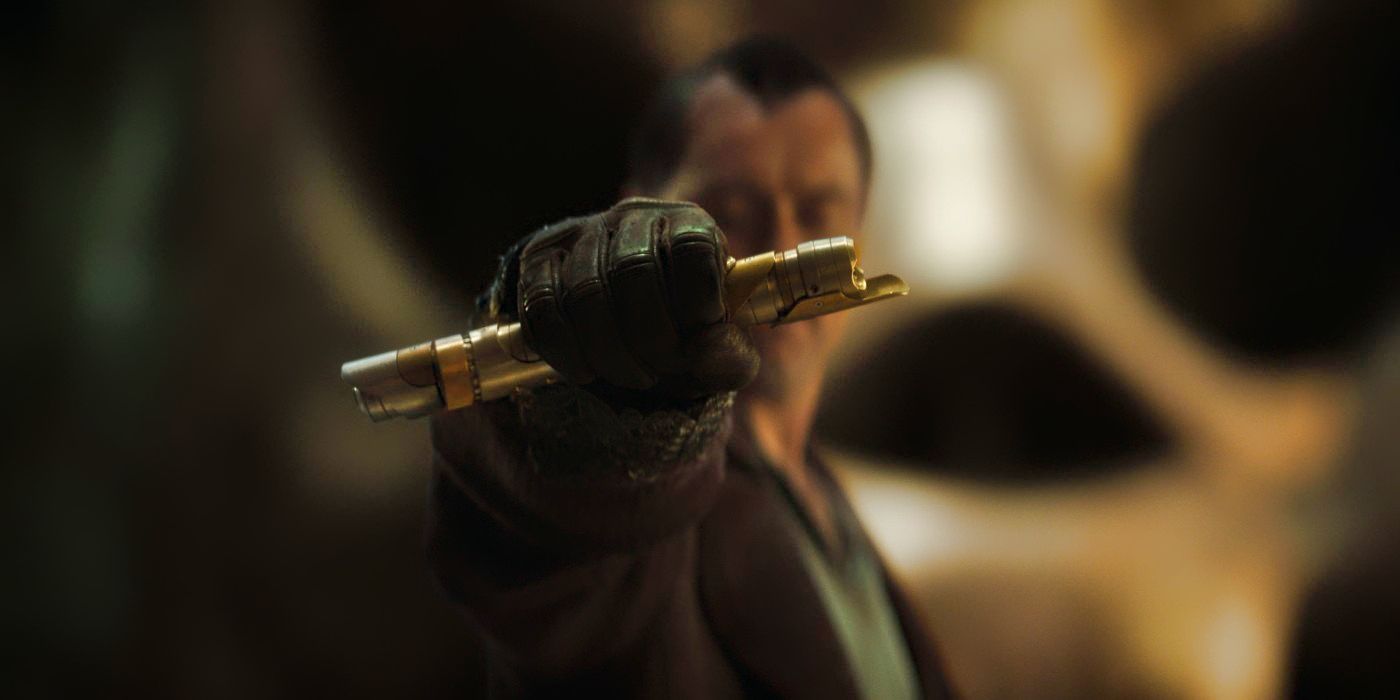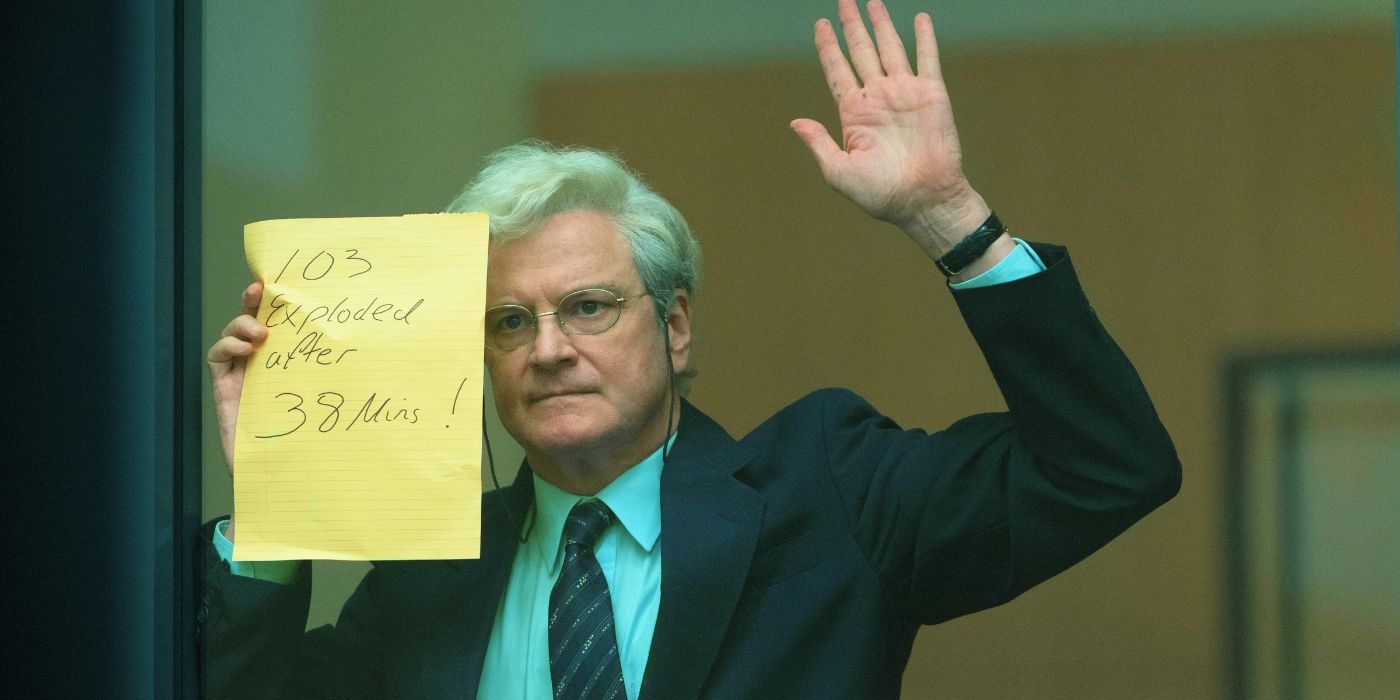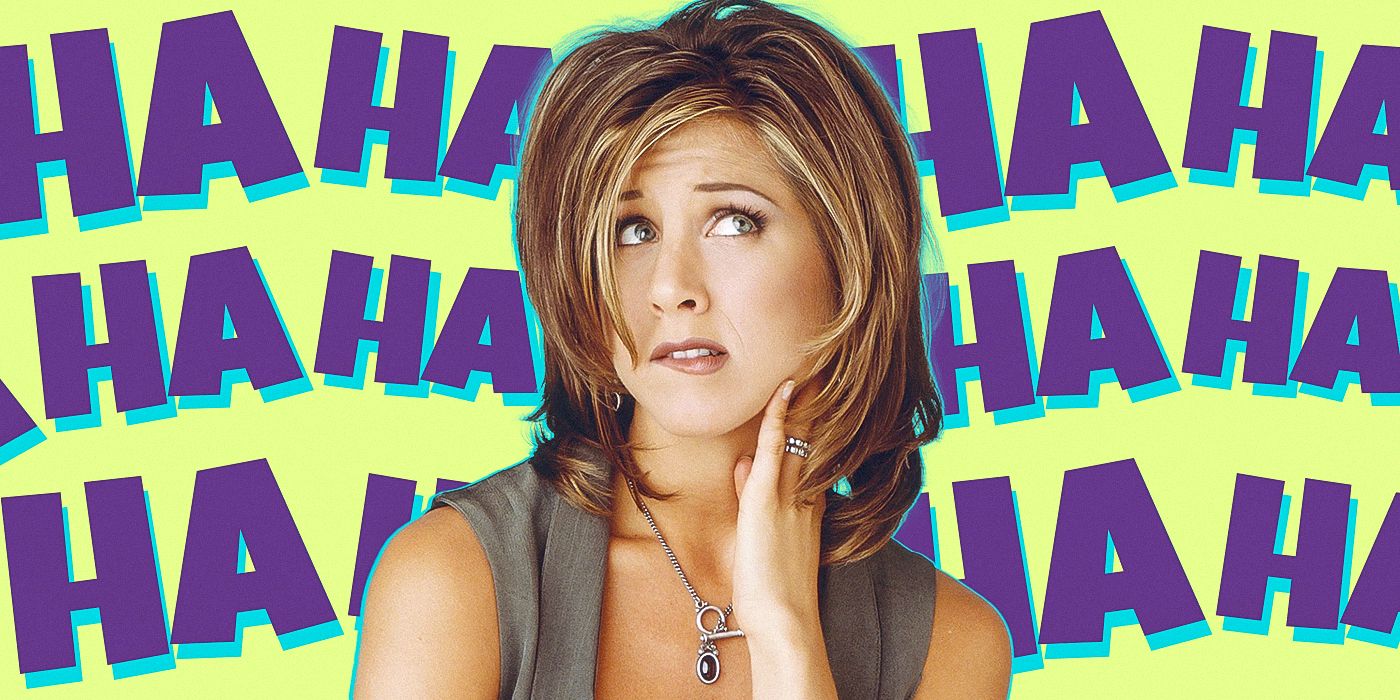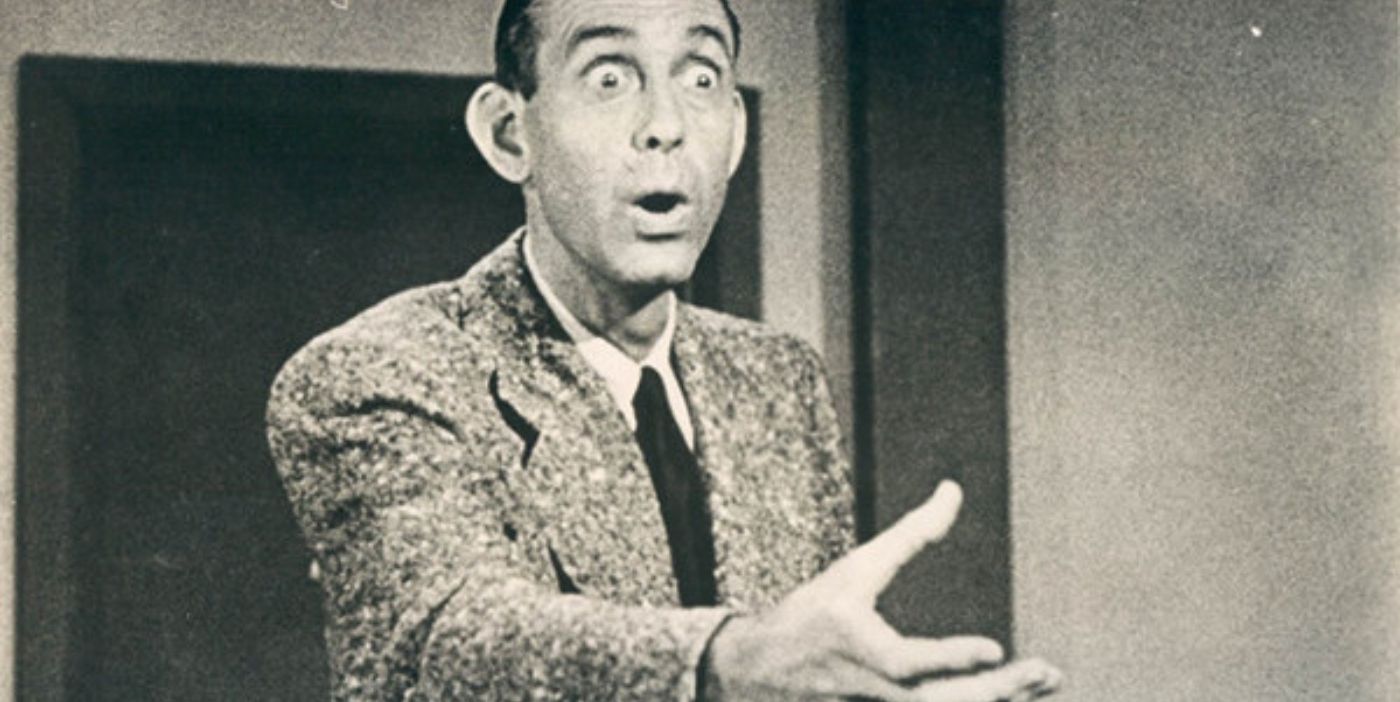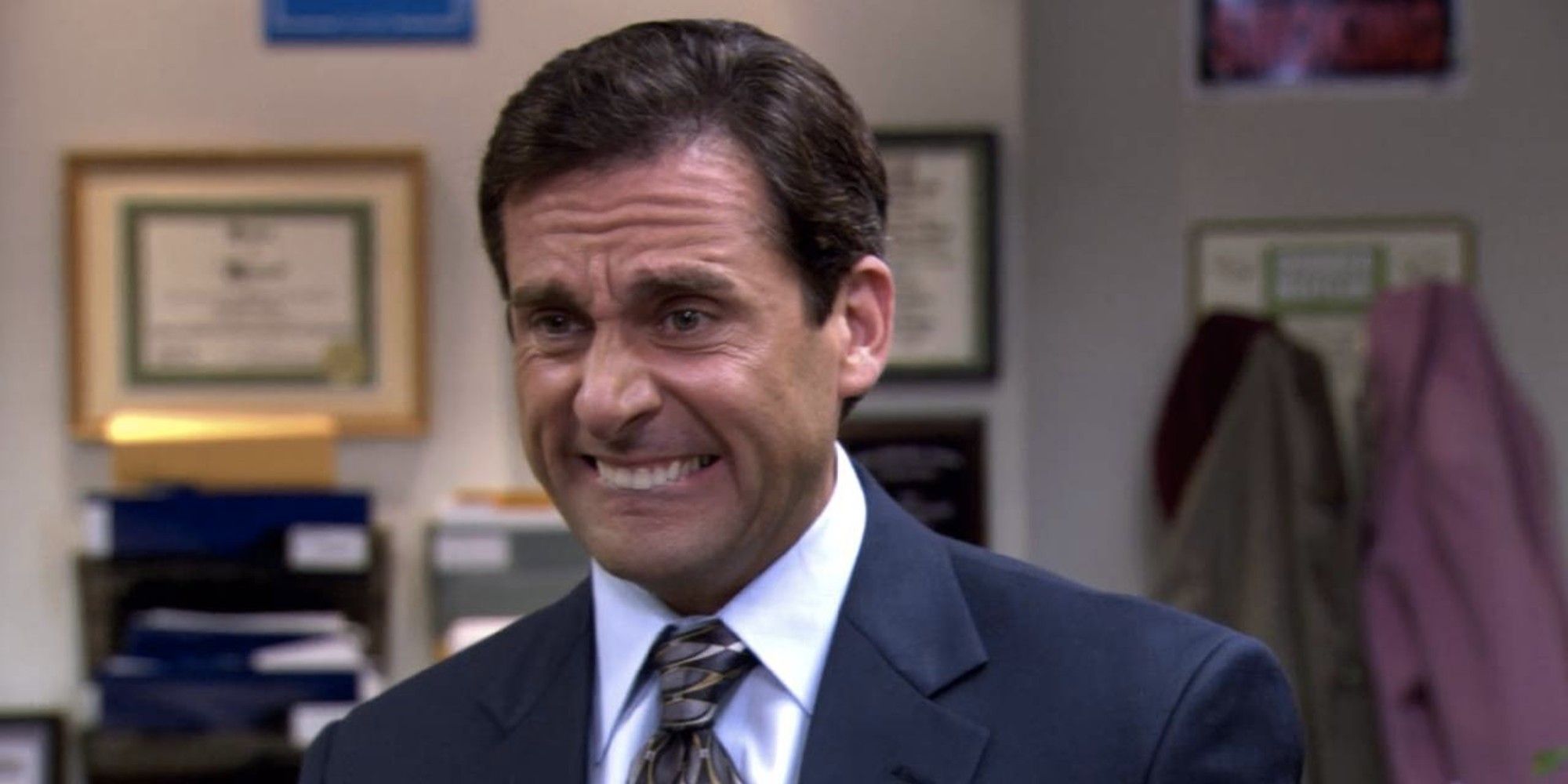The laugh track. When used correctly, it can be effective, an element of the sitcom that adds to the experience, seen and heard on shows like Seinfeld or Mom. When it isn't used correctly, it's grating and distracting, like in Call Me Kat or 2 Broke Girls. The question, then, is this: do we even need the laugh track? On the surface it's a pretty easy question. There are a lot of sitcoms that have been hugely successful without using one; The Office, for instance. So no, we do not. Yet if you dig deeper, there are examples where the absence of a laugh track changes the viewer's experience, and then the answer isn't as easy as it appears.
The History of the Laugh Track
The genesis of the laugh track can be traced back to the early days of television, more specifically to a sound engineer for CBS. Charley Douglass had a conundrum: the reaction of the live studio audience couldn't be counted on to laugh at the right moments, not laugh at the wrong moments, or keep the production moving along by laughing at an appropriate level and length. So Douglass harkened back to an even earlier medium, radio, where radio producers would use recorded laughter, and began using the technique to get the effect he wanted as opposed to the natural reactions of the audience, a process called "sweetening." Douglass' laugh track, a device called the Laff Box, made its debut in 1950 with The Hank McCune Show. The use of the laugh track spread quickly, and just as quickly became controversial. Famed actor/producer David Niven claimed in a 1955 interview that "the laugh track is the single greatest affront to public intelligence that I know of, and it will never be foisted on any audience of any show I have some say about."
The Laugh Track Passes the Test
Stars like Lucille Ball had the clout to keep laugh tracks off of their shows, but the practice became a widespread industry standard that even extended to animated series like The Flintstones ("this program is animated before a live studio audience"(?)). In 1965, the CBS comedy Hogan's Heroes, a single-camera sitcom without a live audience, provided an opportunity to put the laugh track to the test. A test audience was shown two versions of the same episode, one with a laugh track and one without. When the episode with the laugh track had a better reaction, that was enough to not only keep the laugh track in use, but in use for all sitcoms with or without an audience. Shows had little choice but to use the laugh track, which was becoming more intrusive as time wore on. So intrusive that, as actor Alan Alda described in a 2013 interview, showrunners for the iconic dramedy M*A*S*H had to reason with the network that operating room scenes were not an appropriate time for its use. The prevailing thought seemed to be that viewers had to be told where and when to laugh, leading to one infamous incident where the cult classic sitcom Police Squad!, a show that didn't use a laugh track, was canceled because "the viewer had to watch it in order to appreciate it."
The Laugh Track Takes a Hit
A big shift in television content in the 2000s led directly to the laugh track being used significantly less: the rise of the single-camera sitcom. Traditionally, sitcoms are filmed using a multi-camera technique, allowing a scene to be filmed almost like a play. The multi-camera format is more conducive to the presence of a live studio audience and, in turn, the laugh track. The single-camera technique, on the other hand, is more like the filming of a movie. As a result (and there is a point, honest), multi-camera sitcoms go for the big, obvious jokes at a pace that keeps the studio audience engaged, while single-camera sitcoms can do a more subtle and unconventional style of humor. So if one looks back to the television landscape of the 2000s, you'll see that shows like The Office, 30 Rock, Modern Family, Community and Parks and Recreation start becoming more popular, comedies that add mockumentary elements and locales outside the studio lots. They were something different, viewed as more intellectual and critic-friendly than their low-brow, multi-camera kin. These sitcoms also proved that the presence of a laugh track isn't necessary, that people are smart enough to know when something is funny.
The Science of the Laugh Track
But what if they don't prove that? What if the presence of a laugh track is actually a viable component of the sitcom? We then turn to science to settle the debate. Neuroscientists at University College London did a study that involved telling 72 adults a series of "dad jokes," each of which would be followed by either no laughter, distinctly fake laughter, or real laughter, and to rate the jokes on a scale of 1 to 7. Without laughter, scores ranged from 1.5 to 3.75. Jokes followed by canned laughter saw a 10 percent score boost, while real laughter bumped that as high as a 20 percent improvement. This led researchers to conclude that hearing other people laugh makes the jokes seem funnier, and at a different level that it's not only funny, but it's OK to laugh as well. It's the difference between the face slap in a drama that spikes tension versus the face slap in a comedy that skews toward slapstick. Point goes to laugh track. But a different study conducted at Dartmouth College had neuroscientists study the brain activity of people watching Seinfeld with its laugh track and monitoring the nerve-cell activity. They then repeated the experiment with an episode of The Simpsons, which does not have a laugh track, only to observe a near-identical pattern of brain activity. Point goes to no laugh track. Thanks for nothing, science.
The Laugh Track: Yay, or Nay
So, do we really need the laugh track? It depends. There are many YouTube videos that show how disturbing and empty a sitcom scene can be without the laugh track, including this one from Friends that makes Ross (David Schwimmer) seem like a psychopath out of context, so in that regard it is necessary. Yet the success of shows like The Simpsons without one, where humorous lines have become part of the vernacular, would say otherwise. Here's what it really comes down to. The more that creative forces behind sitcoms elevate their material, not relying on footballs to the groin for laughs but conceding that viewers can get a joke, the need for a laugh track lessens, and at least to yours truly that would be the ideal. But as long as the low-hanging fruit has an audience, the laugh track isn't going away.


